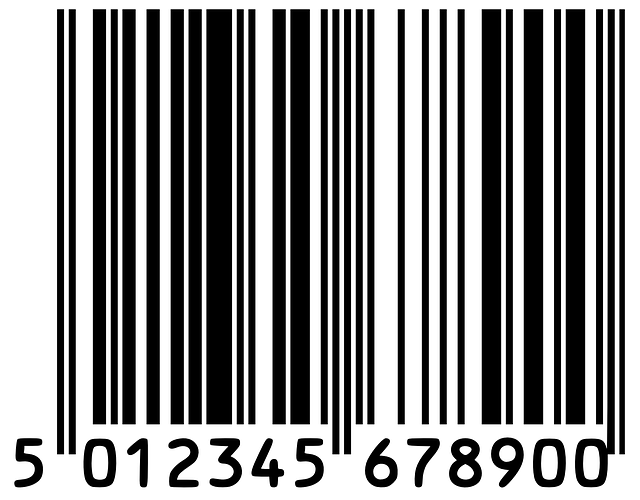There are several possible contactless solutions. Among the simplest are the so-calledbarcodes and matrix codesandradio frequency chips. For barcodes and matrix codes, you will need a regular reader.This can be purchased for about 1000 crowns. With radio frequency chips, only slightly more expensive and sophisticated devices can cope.
Barcodes
The most popular and widespread are barcodes calledEAN(“European article number“). Between them there are different types ofand. They are easy to manufacture and their coding is very simple – they depend exactly on lines ofdifferent widthsand the space given. Barcodeshave limited capacityto store information, but are usually quite enough.
Matrix Code
The QR code(from the English “Quick Response“) is such a special kind of barcode. They are formed fromdark and light pointsand formsquare or rectangular cells. Their ability to store information is slightly greater, and today more and more meet them, even leaflets, invitations and other materials that promise more information. Some smartphones also allow you to share information about available Wi-Fi networks.
Radio frequency technology
Radio frequency chipsare already a more demanding technology. They are mainly used in road, rail, air and sea transport. But they can also be used, for example, in the health sector, for the clothing industry and fashion accessories.
Radio frequency technology, also known asRFID(“radio frequency identification“), is a method of tracking goods without contact, storing large amounts of data about tracked itemsData is stored using electromagnetic waves of varying lengths. The technology requirestransponders, so-calledRFID tags, appropriatereadersandsystemsthat can process this type of data.
The RFID taghasa memory chip with an antenna, on whichdata is stored. Thenit is fixed to the object being observeditself. It can beof various sizes and shapes, for example, cards, tubes or labels. The readerdecodes the information stored in the RFID tagand transmits it to the systemfor further data manipulation. It also offers different sizes and can be mobile or fixed on the frame. As you can see, RFID technology looks more sophisticated, but it\’s also a much more expensive option. [100] [101] [102] [103] [104] [105] [106] [107] [108]
So the final choice essentially depends on the needs and capabilities of the person considering the electronic identification of something.
.
